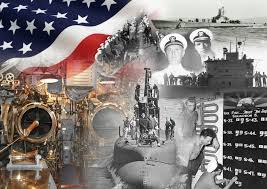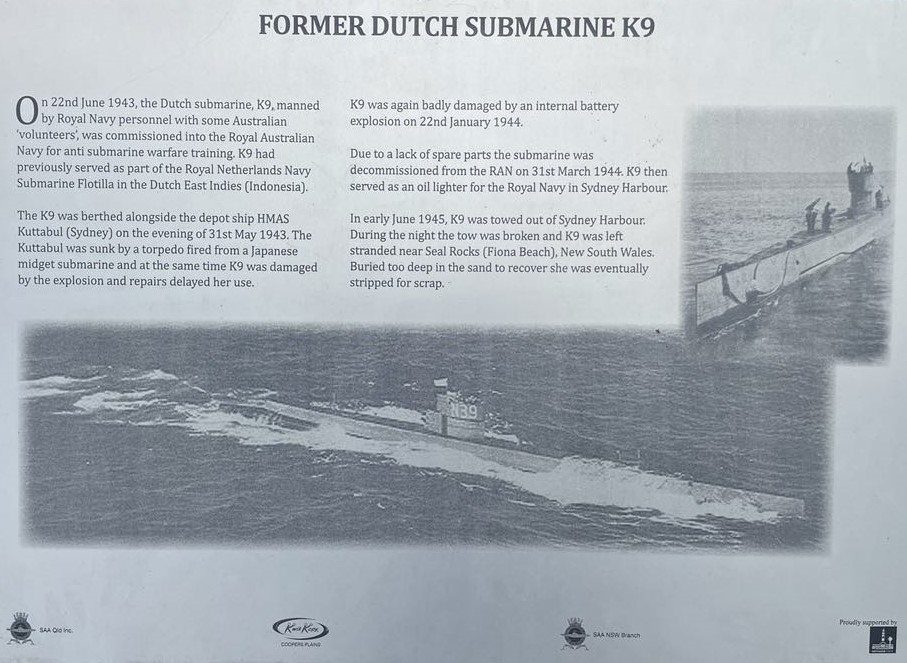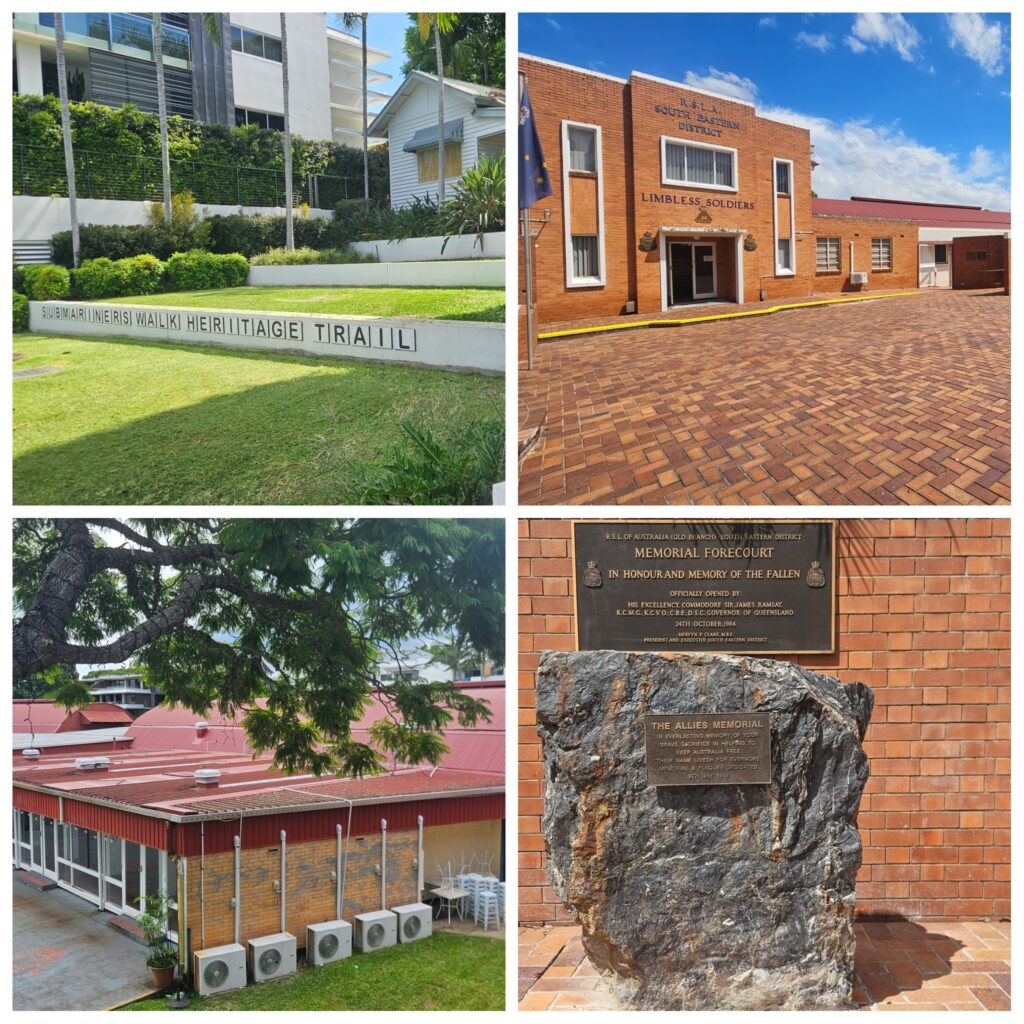
During World War II, Brisbane emerged as a pivotal hub for Allied submarine operations in the Pacific theater. The city’s strategic location facilitated the establishment of bases by the United States Navy, the Royal Netherlands Navy, and later the British Royal Navy.
United States Navy Submarine Operations
In April 1942, the U.S. Navy established a submarine base at Capricorn Wharf in New Farm, Brisbane. This facility supported Submarine Squadron 5 (SubRon5), with the submarine tender USS Griffin arriving to provide maintenance and logistical support. Approximately 800 U.S. service personnel were stationed at this base, which played a crucial role in the Pacific campaign.
Under the command of Admiral James Fife, U.S. submarines based in Brisbane conducted numerous patrols targeting Japanese shipping lanes, disrupting supply routes, and gathering intelligence. Notably, submarines such as USS Wahoo and USS Growler were active during this period. Commander Howard W. Gilmore of USS Growler was posthumously awarded the Medal of Honor for his self-sacrifice during a patrol mounted from Brisbane in January 1943.

Royal Netherlands Navy Submarine Operations
After the Japanese occupation of the Netherlands East Indies (NEI), several Dutch submarines were relocated to Fremantle in Western Australia, a key Allied naval base. From there, these submarines undertook vital intelligence-gathering missions and undercover operations targeting Japanese-controlled territories, particularly in regions like Timor. These highly secretive missions were coordinated by the Netherlands Forces Intelligence Service (NEFIS), headquartered at Camp Columbia in Brisbane, which served as the nerve center for Dutch intelligence activities.
A notable example is the submarine K XII, which completed five intelligence-gathering missions for NEFIS, despite enduring extended maintenance periods. Such operations demonstrated remarkable resilience and ingenuity, as they involved navigating hostile waters, evading enemy detection, and delivering critical supplies to resistance forces.
The Dutch submarines’ contributions extended beyond gathering intelligence; they also provided logistical support for guerrilla activities in the NEI. These missions significantly bolstered Allied efforts by disrupting Japanese supply lines, gathering vital intelligence on enemy movements, and supporting the broader Pacific campaign. Today, their legacy is remembered in Brisbane (see plaque to the right) as a testament to the courage and resourcefulness of the Royal Netherlands Navy during World War II.

British Royal Navy Submarine Operations
In 1945, the British Royal Navy’s Pacific Fleet assumed control of the former U.S. submarine base in Brisbane, establishing a depot named HMS Furneaux. They operated it as Royal Navy Depot. While the primary focus of British submarine operations during this period was in other theaters, the establishment of HMS Furneaux underscored Brisbane’s continued strategic importance.
Although specific details about British submarine activities based out of Brisbane are limited, the presence of HMS Furneaux facilitated logistical support and maintenance for Royal Navy vessels operating in the Pacific region during the final stages of the war.
Legacy
The collaborative efforts of U.S., Dutch, and British submarine forces operating from Brisbane significantly contributed to the Allied war effort in the Pacific. Their operations not only disrupted enemy supply lines but also provided essential intelligence that informed strategic decisions, shaping the course of the war in the region.
Today, Brisbane honours this rich history through memorials and historical sites. One notable tribute is the Submariners Heritage Walk (see video below), located along the Brisbane River at New Farm. This walk commemorates the contributions of Allied submariners during World War II, including those who operated from Brisbane. The walk features interpretive signage and plaques detailing the history of the submarine base, key operations, and the sacrifices made by submariners. It serves as a lasting reminder of Brisbane’s critical role in supporting Allied naval operations and preserving the stories of those who served.
The walk, alongside other historical landmarks, ensures that Brisbane’s pivotal contribution to the Allied victory in the Pacific remains an enduring part of the city’s heritage.
Video of Submariners Heritage Walk by Australian Submariners Ass. Qld. Div.
Video of the USS Growler highlights from a 1950s American TV show on Naval battles edited by Peter Rasey.
